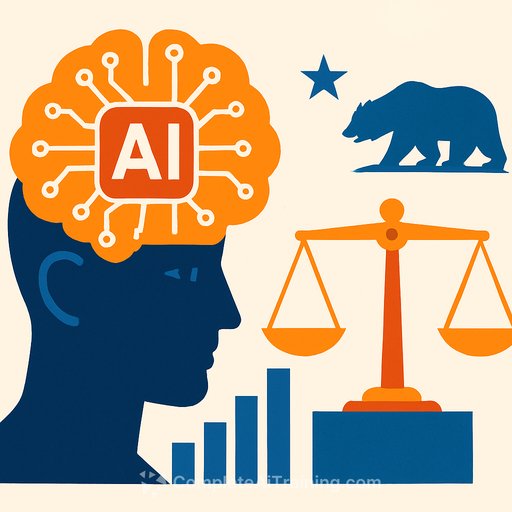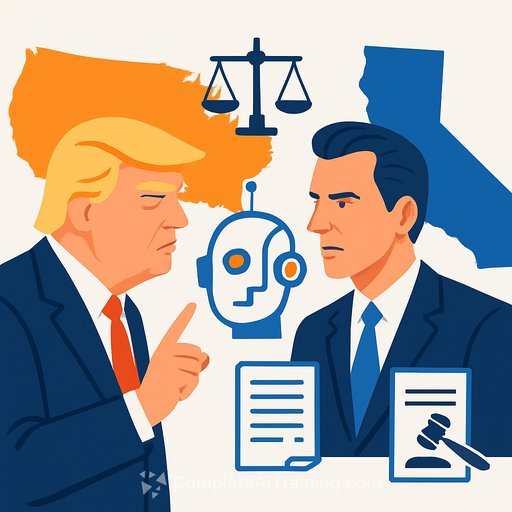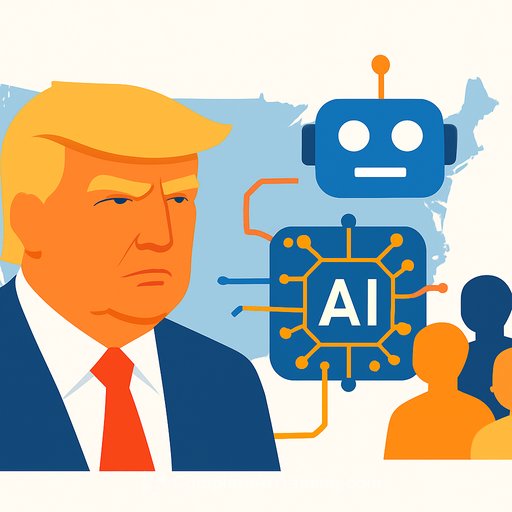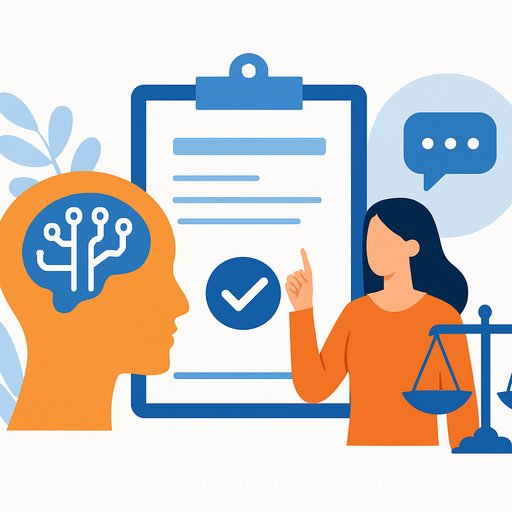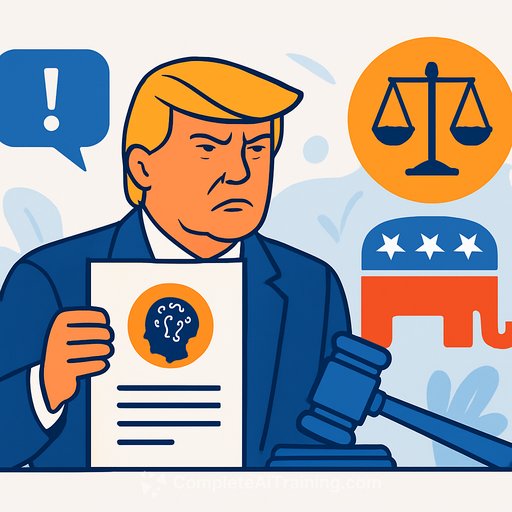How Artificial Intelligence Is Changing California’s Judicial System
Artificial intelligence (AI) is quietly influencing California’s courts, often without clear disclosure or oversight. Imagine standing before a judge for a traffic ticket or child custody case, expecting a fair decision based on human judgment. Yet, behind the scenes, AI may be drafting parts of rulings or assisting court personnel.
This month, the California Judicial Council approved new rules to regulate generative AI use in courts. Starting September 1, every courthouse statewide must follow policies ensuring human oversight, confidentiality, and protections against AI bias. California is taking a leading role in addressing AI’s role in justice, but the impact is already significant and growing.
Key Provisions of the New AI Guidelines
- AI cannot draft legal documents or make decisions without meaningful human review.
- Sensitive case information cannot be entered into public AI platforms to prevent data breaches.
- Recognition of bias risks in AI trained on flawed or discriminatory legal data.
These measures are essential given the stretched resources in the judicial system. However, they serve as safeguards rather than obstacles. The reality is that AI is already integrated into court processes.
Current AI Use in California Courts
Judges use AI-based risk assessment tools, such as COMPAS, to evaluate defendants’ likelihood of reoffending. Despite controversy over racial bias in these tools, they remain common. Lawyers employ AI to help draft motions, paralegals use generative AI to summarize depositions, and self-represented litigants turn to AI chatbots for legal guidance.
Often, these AI uses happen without disclosure or accountability. Judges and clerks may rely on AI for efficiency, especially when managing heavy caseloads. While convenient, these shortcuts risk undermining core judicial values like human judgment, context, empathy, and fairness.
The Problem of Bias and Transparency
AI systems learn from past data, which can include racial, gender, and socioeconomic biases embedded in prior rulings. Without proper checks, AI can amplify these inequities under the guise of objectivity.
Unlike biased judges, whose decisions can be appealed and examined, AI bias tends to hide behind complex algorithms and proprietary training data. This lack of transparency makes it harder to challenge or correct unfair outcomes.
Gaps Beyond Court Employees
The current rules apply only to judges, clerks, and court staff. But many other actors use AI in the legal process:
- Private attorneys
- Overburdened public defenders
- Individuals relying on AI chatbots for legal advice
These users operate outside court policies yet affect legal outcomes daily. California needs a comprehensive, statewide approach to manage AI’s growing influence on justice.
Building a Stronger Framework for AI in Courts
One proposal is to establish a Judicial AI Commission. This independent panel would include judges, technologists, ethicists, and civil rights advocates tasked with:
- Creating transparent, enforceable AI standards for courts
- Mandating disclosure when AI assists in legal filings
- Conducting regular audits for bias in AI tools
- Promoting open-source legal AI tools focused on public interest rather than proprietary systems
Additionally, laws should require clear disclosure whenever AI influences legal advice or court decisions—an “AI Miranda” of sorts. Transparency is critical because courts deal with freedom, homes, and families, not just recommendations or suggestions.
The Path Forward
AI holds promise to improve access to justice, lower costs, and speed routine tasks. But it must be tightly controlled, rigorously tested, and always subordinate to human judgment.
California must build a court system that is aware of technology’s role but remains committed to fairness and accountability. Without this balance, the rule of law risks being replaced by the rule of code.
For those in the legal field interested in understanding AI tools and their implications, exploring specialized training can be valuable. Resources like Complete AI Training’s legal-focused courses provide practical insights into AI applications and governance.
Your membership also unlocks:

